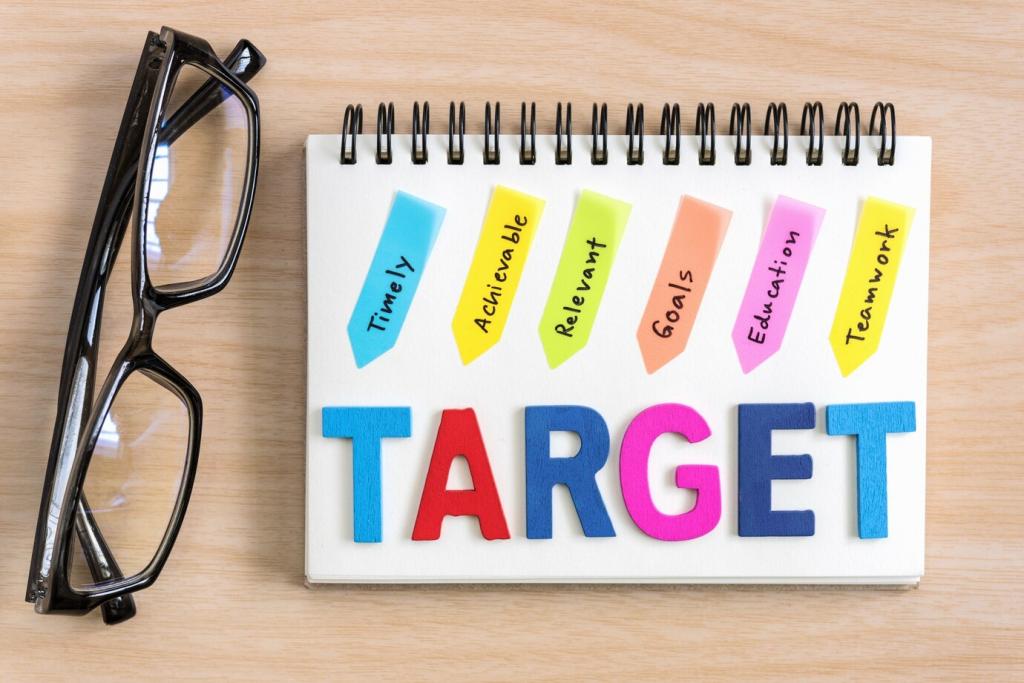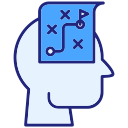Today’s chosen theme: Maximizing Memory Retention in the Workplace. Step into a practical, evidence-informed guide that turns everyday tasks into lasting knowledge. Read on, try the ideas, and tell us what sticks so we can grow smarter together.

Designing Memory-Friendly Workflows
Break complex procedures into chunks and use short, verb-first checklists. Color-code steps by risk and add why-notes that explain consequences of skipping. Adopt one checklist today, then report back next week on error reductions and the step your team almost always overlooked.

Designing Memory-Friendly Workflows
Fragmented docs erode memory. Build a searchable knowledge base with consistent tags, dates, and decision owners. Add a five-line executive summary atop every page. Invite colleagues to subscribe to change notifications and comment on the most useful tag they discovered this month.
Spaced Repetition at Team Scale
Schedule reinforcement at expanding intervals—day 1, day 3, day 7, day 21—so key ideas reappear before they fade. Build quick, two-question nudges into your chat tool. Propose the schedule at your next standup and tell us which interval your team found most effective.
Interleaving and Varied Contexts
Mix related topics rather than drilling one in isolation. Alternate customer scenarios, data sets, or tools to strengthen adaptable recall. Share one pairing that surprised you—like forecasting and user research—and whether it improved on-the-spot problem solving in real meetings.
Teach-Back Moments
When people explain, they encode. End every training with two-minute teach-backs: learners summarize the core idea and one application. Pair juniors with mentors to refine clarity. Try it today, then post a short anecdote about the metaphor that made your team finally get it.
Pre-Reads with Guiding Questions
Send concise pre-reads and three guiding questions twenty-four hours ahead. Ask attendees to jot answers, not highlights. In the meeting, open by collecting responses. After two cycles, share whether this approach shortened your agenda and improved memory for decisions.
Live Retrieval Over Passive Review
Begin with a quick poll or whiteboard challenge: What do we remember from last time? Retrieval primes the brain for new links. Try a sixty-second recall storm, then comment on the most surprising detail your team remembered without checking notes.
Close with Action Cues
Summaries fade unless tied to cues. End with three next actions, owners, deadlines, and a trigger—calendar reminder, Slack keyword, or physical sticky. Share a before-and-after story about how action cues changed follow-through on your most chaotic project.


Digital Tools and Analog Habits
Write small, self-contained notes that capture one idea, its source, and a next step. Link notes with two or three thoughtful tags. Try this for a week and tell us which tag cluster unexpectedly connected projects that used to feel unrelated.
Digital Tools and Analog Habits
Turn your calendar into a memory ally. Add brief review blocks with descriptive titles like Review Q3 Pricing Logic. Resist moving them. Experiment for two sprints, then share which time of day gave you the best recall without draining focus.
Wellbeing as a Memory Strategy
Aim for consistent sleep windows, dim evening light, and a short wind-down routine. Consider a twenty-minute afternoon nap after heavy learning. Track one week of sleep and share whether your morning recall improved on project acronyms, names, and technical steps.

